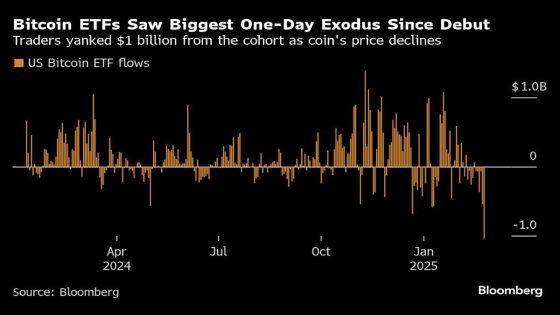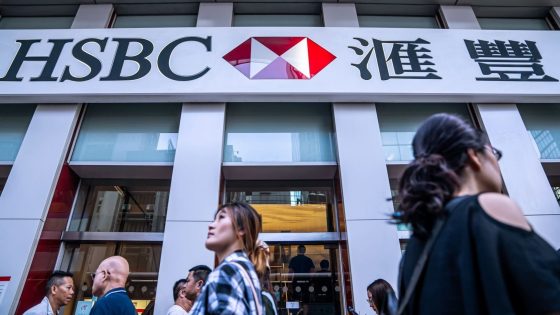Asian equities saw modest gains on February 27, 2025, as investors reacted to recent tariff announcements from U.S. President Donald Trump and mixed earnings from Nvidia Corp. While shares in Australia, Hong Kong, and Japan rose, South Korean stocks experienced a decline. The fluctuating Chinese shares contributed to a gauge of regional equities rising for the second consecutive day.
- Asian equities inched higher on Thursday.
- Nvidia's earnings disappointed investors post-announcement.
- Trump announced new tariffs on the EU.
- Dollar strengthened amid tariff news.
- Bitcoin fell significantly from last month's peak.
- Upcoming economic data includes US GDP and jobless claims.
Investors are closely monitoring the implications of President Trump’s announcement regarding a 25% tariff on the European Union and the enforcement of previously announced levies on Mexico and Canada, set to begin on April 2. Conflicting statements from the administration have created confusion, impacting market sentiment and leading to fluctuations in currency values. The dollar strengthened, while the Canadian dollar and Mexican peso faced selling pressure.
Nvidia’s quarterly earnings report did not meet investor expectations, resulting in a decline in its shares during after-hours trading. The chipmaker reported $11 billion in revenue from its new Blackwell product line, marking the fastest product ramp in its history. However, concerns linger about potential slowdowns in spending from data center operators, which may affect the broader AI sector.
- Australian S&P/ASX 200 rose by 0.5%.
- Japan’s Topix increased by 0.4%.
- Hong Kong’s Hang Seng gained 1.1%.
- South Korean stocks fell.
As the Group of 20 finance ministers and central bank governors prepare to meet in Cape Town, key economic data is expected to be released, including euro-zone consumer confidence and U.S. GDP figures. Investors are keen to see how these developments will influence market Trends moving forward.
The recent tariff announcements and Nvidia’s earnings report highlight ongoing uncertainties in the global market. Investors remain cautious as they navigate these developments, which could have significant implications for both regional and international economies.

































